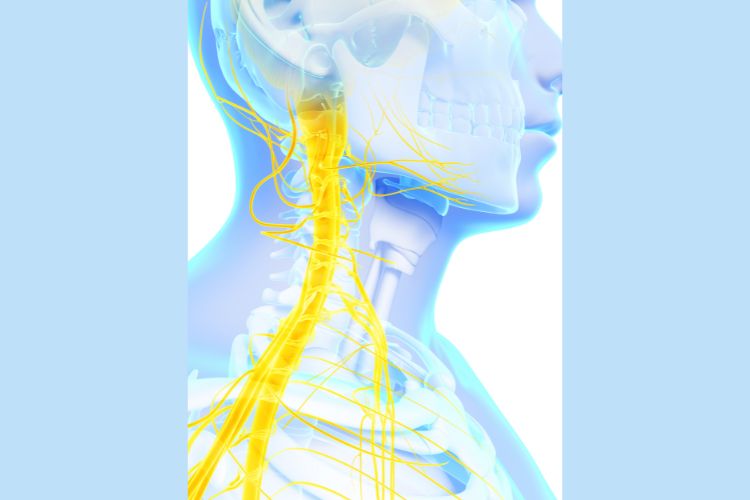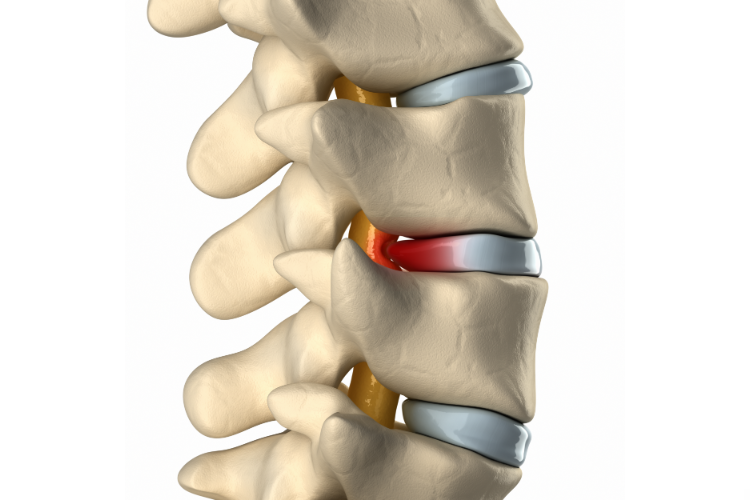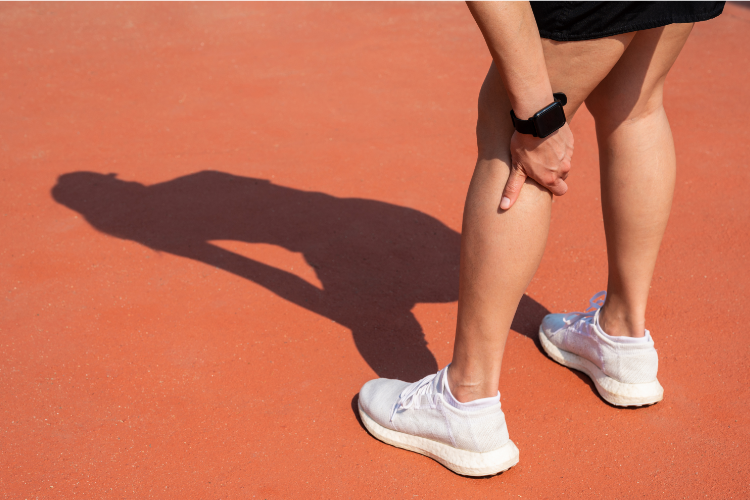Embarking on a Journey to Wellness: Unveiling the Role of Upper Cervical Care in Cervical Dystonia
Cervical dystonia, a perplexing and often debilitating disorder, manifests as involuntary muscle contractions in the neck, leading to uncomfortable postures and pain.
While traditional treatments vary, an innovative approach through upper cervical chiropractic care has shown promising potential in managing and alleviating the symptoms associated with this condition.
Let’s dive into the synergy between upper cervical chiropractic care and cervical dystonia treatment, guided by the expertise of Dr. Lisa Olszewski at Precision Spinal Care, Chelsea, MI.
Cervical Dystonia: An Overview

Characterized by involuntary muscle contractions, cervical dystonia can cause the head to twist or turn to one side, tilt forward or backward, or a combination of these movements, often resulting in significant discomfort and challenges in daily activities.
The Chiropractic Perspective: A Focus on the Upper Cervical Spine
The upper cervical spine, comprising the atlas and axis at the base of the skull, is not just a critical support structure but also a key neurological gateway.
Misalignments here can affect the body’s balance, muscular control, and nerve function — all of which are crucial in the context of cervical dystonia.
Pathways to Relief: Upper Cervical Chiropractic’s Approach

1. Precision and Gentleness:
Upper cervical chiropractors, like Dr. Lisa Olszewski, employ precise and gentle adjustments to correct misalignments in the upper cervical area, aiming to restore balance and promote the body’s natural healing abilities.
2. Alleviating Nerve Interference:
By reducing nerve interference, upper cervical care strives to diminish the severity of involuntary muscle contractions characteristic of cervical dystonia.
3. Holistic Support for Healing:
Beyond adjustments, this approach often includes guidance on lifestyle adjustments and exercises that can support healing and improve quality of life for those affected by cervical dystonia.
Integrating Care: Complementary Strategies for Managing Cervical Dystonia

1. Ergonomic and Postural Considerations:
Advice on ergonomic setups and postural habits can help reduce strain on the neck, complementing the benefits of chiropractic adjustments.
2. Stress Reduction Techniques:
Stress can exacerbate symptoms of cervical dystonia. Incorporating stress management techniques such as deep breathing, meditation, or yoga can be beneficial.
3. Nutritional Insights:
A well-balanced diet can support overall health and potentially reduce the impact of cervical dystonia symptoms.
Navigating the Road to Recovery

Embarking on a chiropractic journey to manage cervical dystonia involves commitment to both the treatment plan and recommended lifestyle adjustments.
Regular follow-ups and active participation in self-care practices are essential steps toward achieving the best possible outcomes.
A Beacon of Hope for Those Affected by Cervical Dystonia
Dr. Lisa Olszewski and her team at Precision Spinal Care stand ready to support individuals navigating the challenges of cervical dystonia.
Serving Chelsea, Dexter, Grass Lake, Ann Arbor, Gregory, Pinckney, Manchester, Munith, Bridgewater, Whitmore Lake, Lakeland, Norvell, Hamburg, Stockbridge, and the surrounding communities, they are committed to offering a pathway to relief and improved quality of life through upper cervical chiropractic care.
If cervical dystonia has been a part of your life, exploring the potential of upper cervical chiropractic care might open new doors to managing and alleviating your symptoms.
Contact Dr. Lisa Olszewski and the team at Precision Spinal Care to discover how this specialized approach can contribute to your journey toward wellness.




